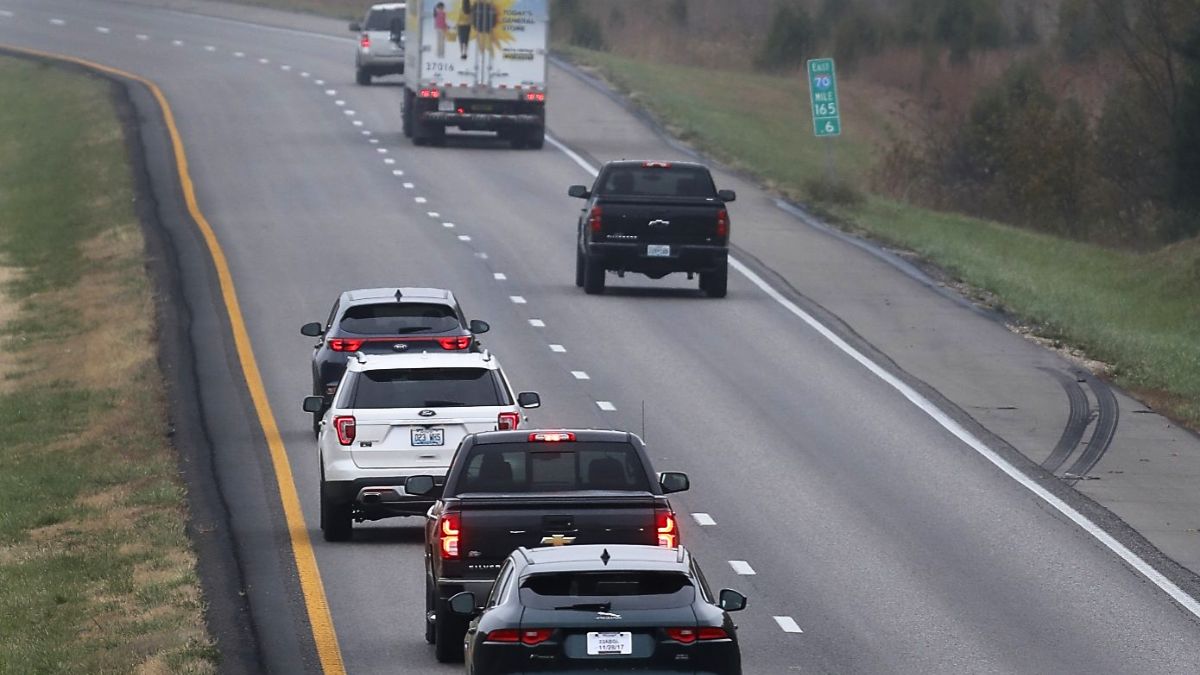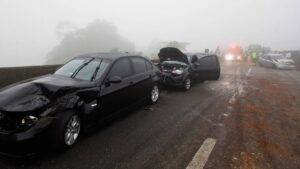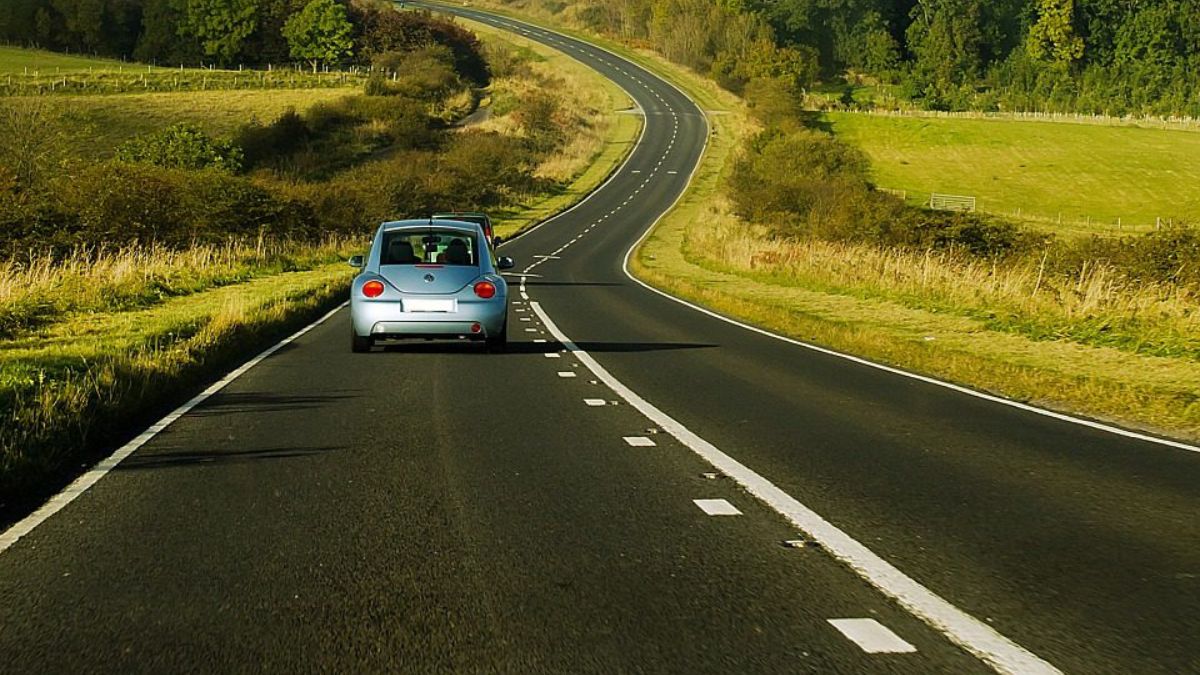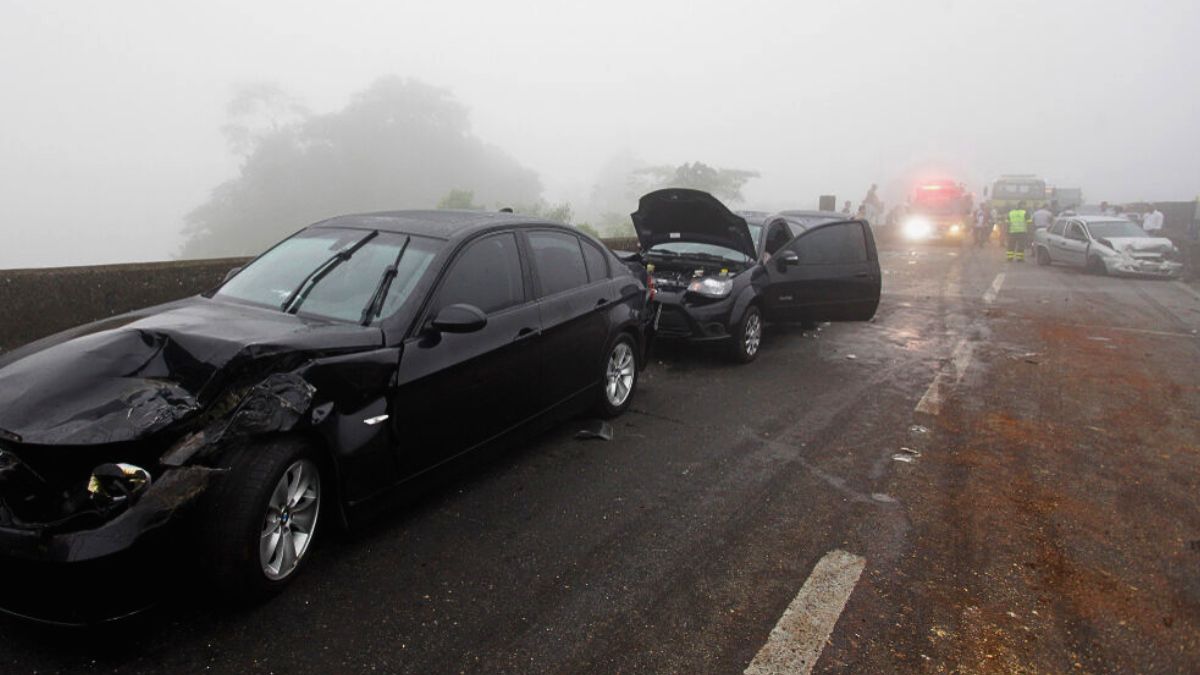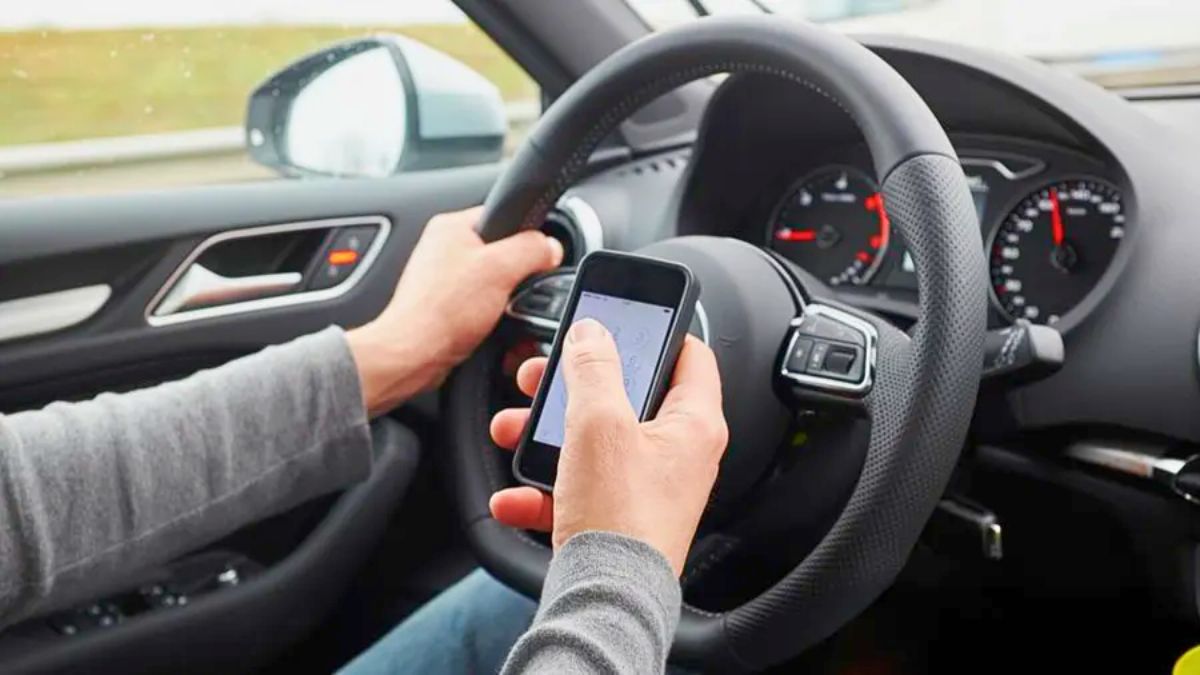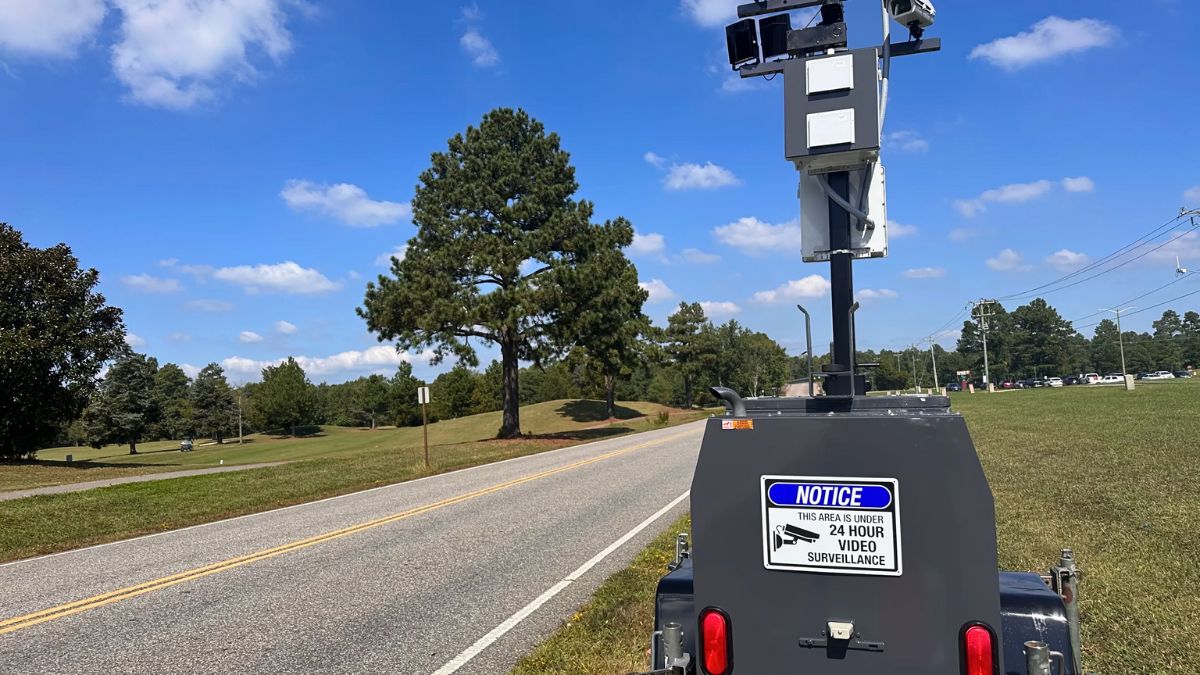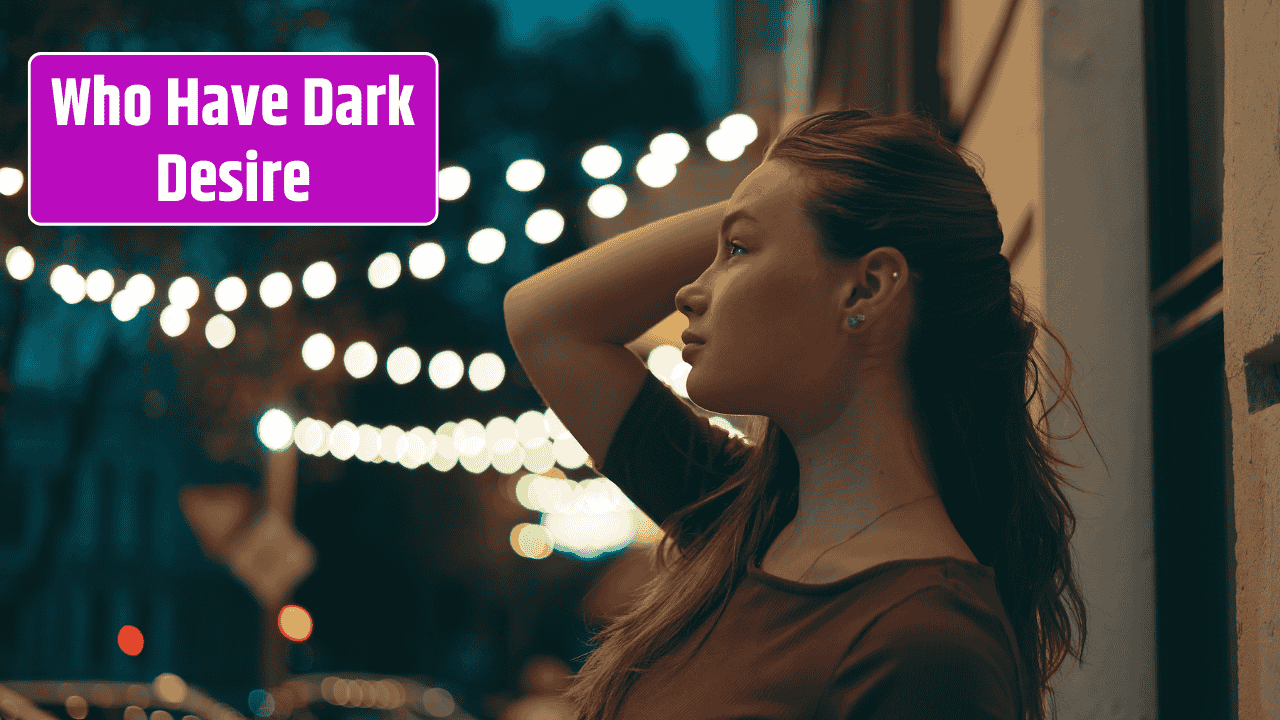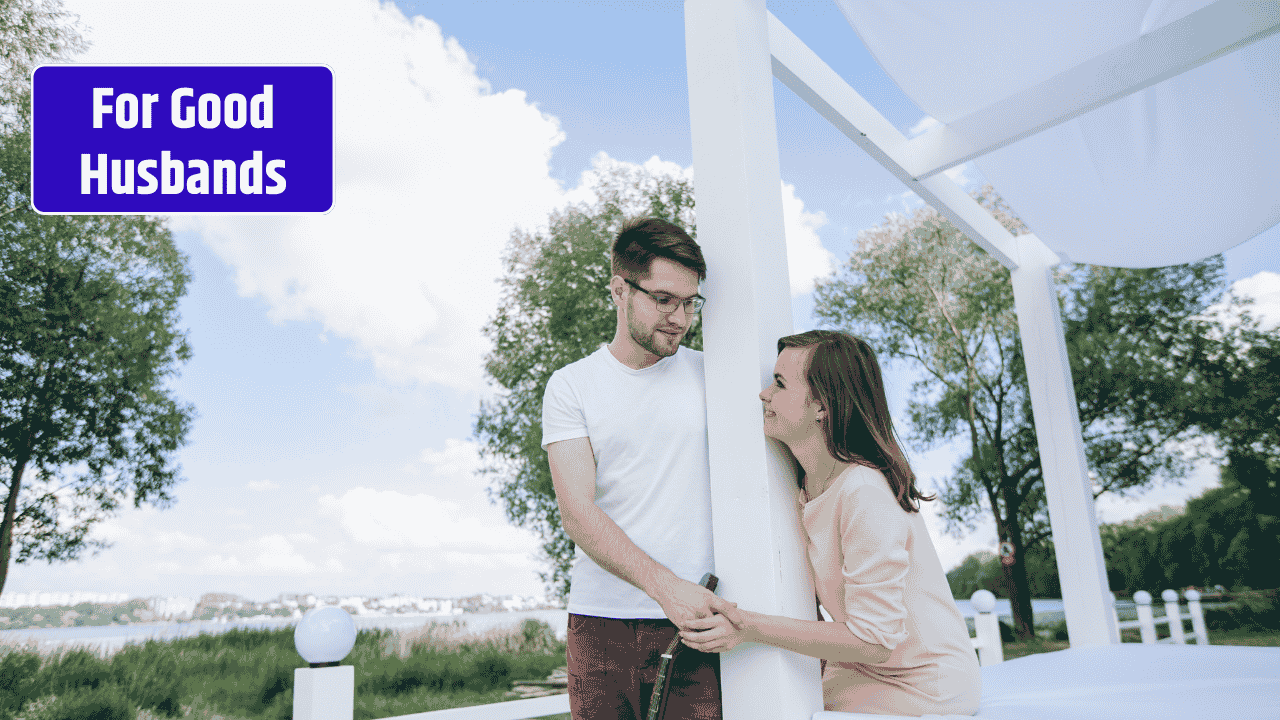If you’ve ever been tempted to swerve into the emergency lane during a traffic jam, you’re not alone. But in Virginia, the emergency lane isn’t a shortcut — it’s a literal lifesaver. Misusing it can result in serious consequences, both legally and morally. So let’s break down what you need to know about emergency lane etiquette in the state of Virginia.
Purpose
The emergency lane, also called the shoulder, exists for one main reason: emergencies. This includes breakdowns, flat tires, medical incidents, or situations where your vehicle becomes unsafe to drive. It’s also where police officers, ambulances, and tow trucks often operate.
Think of it as a “Do Not Disturb” zone for the people who are already in distress or rushing to help those who are.
Rules
In Virginia, driving on the emergency lane when it’s not an emergency is illegal. Here’s what that means in practical terms:
- You can’t use it to pass traffic.
- You can’t drive on it just because you’re late.
- You can’t stop in it for phone calls, snacks, or naps.
Even pulling over for non-emergency situations like checking your GPS can earn you a citation.
Penalties
Misusing the emergency lane comes with steep consequences. Depending on the situation, violations can range from minor traffic tickets to reckless driving charges.
Here’s a quick table to help you understand the risks:
| Violation Type | Penalty Example |
|---|---|
| Unauthorized emergency lane use | $100+ fine, traffic points |
| Blocking emergency responders | Possible misdemeanor |
| Reckless driving in shoulder | Up to $2,500 fine, jail time |
These fines can be even steeper if your actions endanger emergency personnel or delay emergency response.
Exceptions
Are there any legal ways to be in the emergency lane if you’re not having a breakdown? Yes — but only a few.
- If directed by law enforcement
- If part of a construction or traffic control crew
- If you’re driving a permitted emergency vehicle
- If you’re avoiding a collision or other immediate danger
Even then, you’re expected to return to the normal flow of traffic as soon as it’s safe to do so.
Safety
If you do have to pull into the emergency lane, do it safely:
- Turn on hazard lights.
- Pull over as far to the right as possible.
- Stay inside the vehicle if it’s dangerous outside.
- Call for help immediately.
This isn’t just for your own protection — it’s also for the safety of everyone else on the road, especially first responders.
Awareness
A lot of Virginia drivers still misunderstand the purpose of the emergency lane. You’ll see people using it to skip traffic during rush hour or even to pass on the right. But aside from being illegal, it can slow down ambulances and fire trucks that need it to save lives.
So, the next time you’re tempted to take a “shortcut,” ask yourself: what if that lane is the only way someone gets help in time?
Knowing emergency lane etiquette is about more than avoiding fines. It’s about respecting the invisible rules that keep everyone safe. Virginia’s highways are crowded enough — let’s not block the one lane that can actually make a life-or-death difference.
FAQs
Can I stop in the emergency lane for a phone call?
No, it’s illegal unless it’s a true emergency.
Is driving in the emergency lane ever legal?
Only if directed by police or during an actual emergency.
What’s the fine for emergency lane misuse?
Fines start at $100 and can go higher with other penalties.
Can I pass traffic using the shoulder?
No, that’s considered illegal and unsafe in Virginia.
Do hazard lights make it okay to stop?
Only in real emergencies or vehicle breakdowns.
